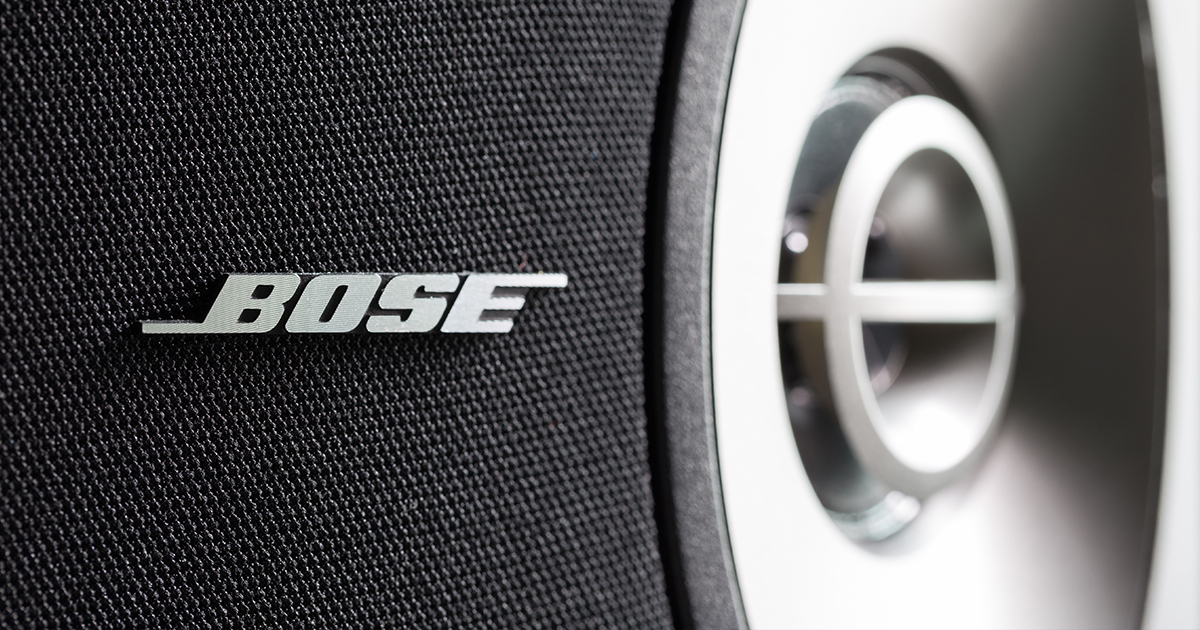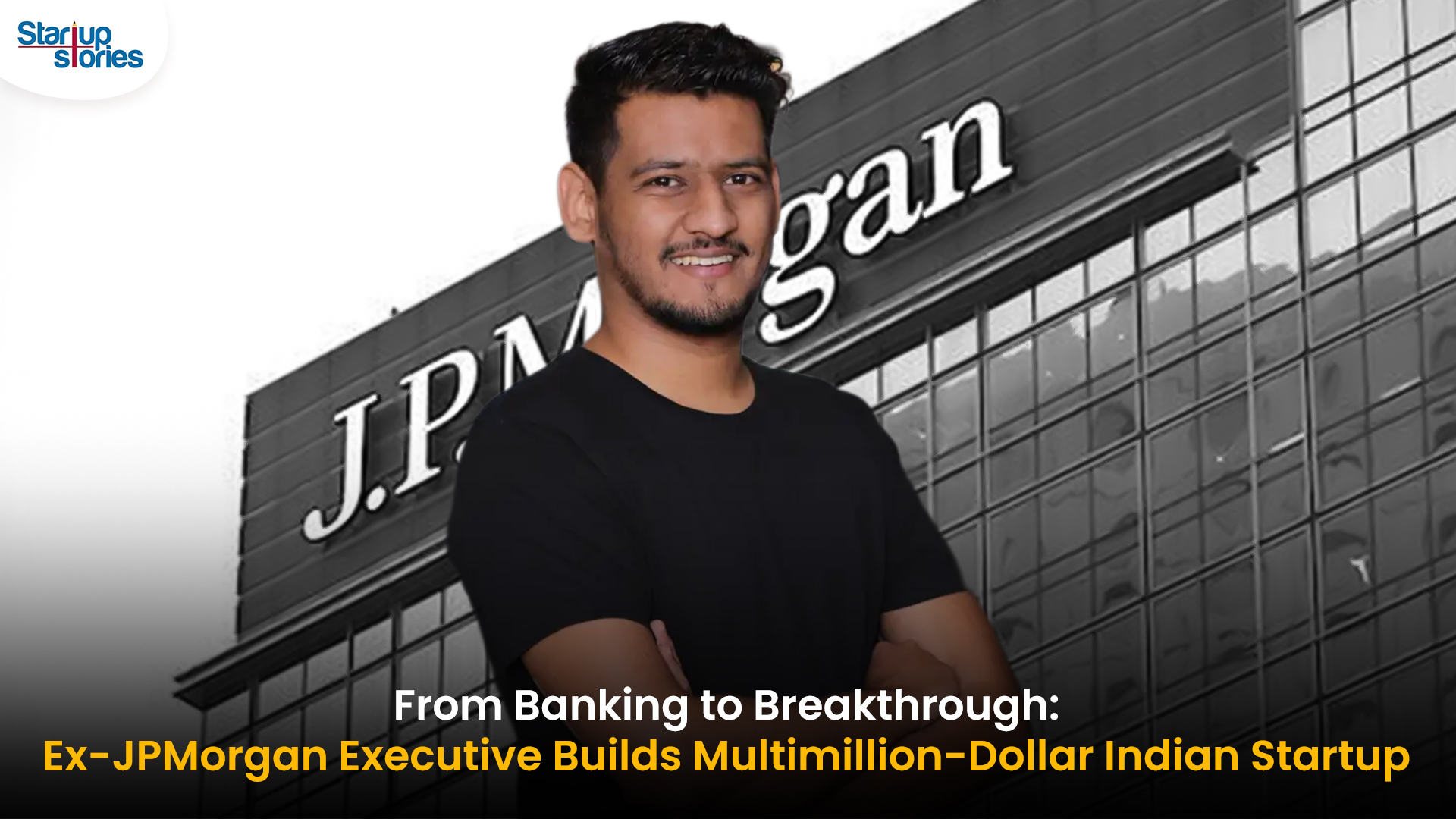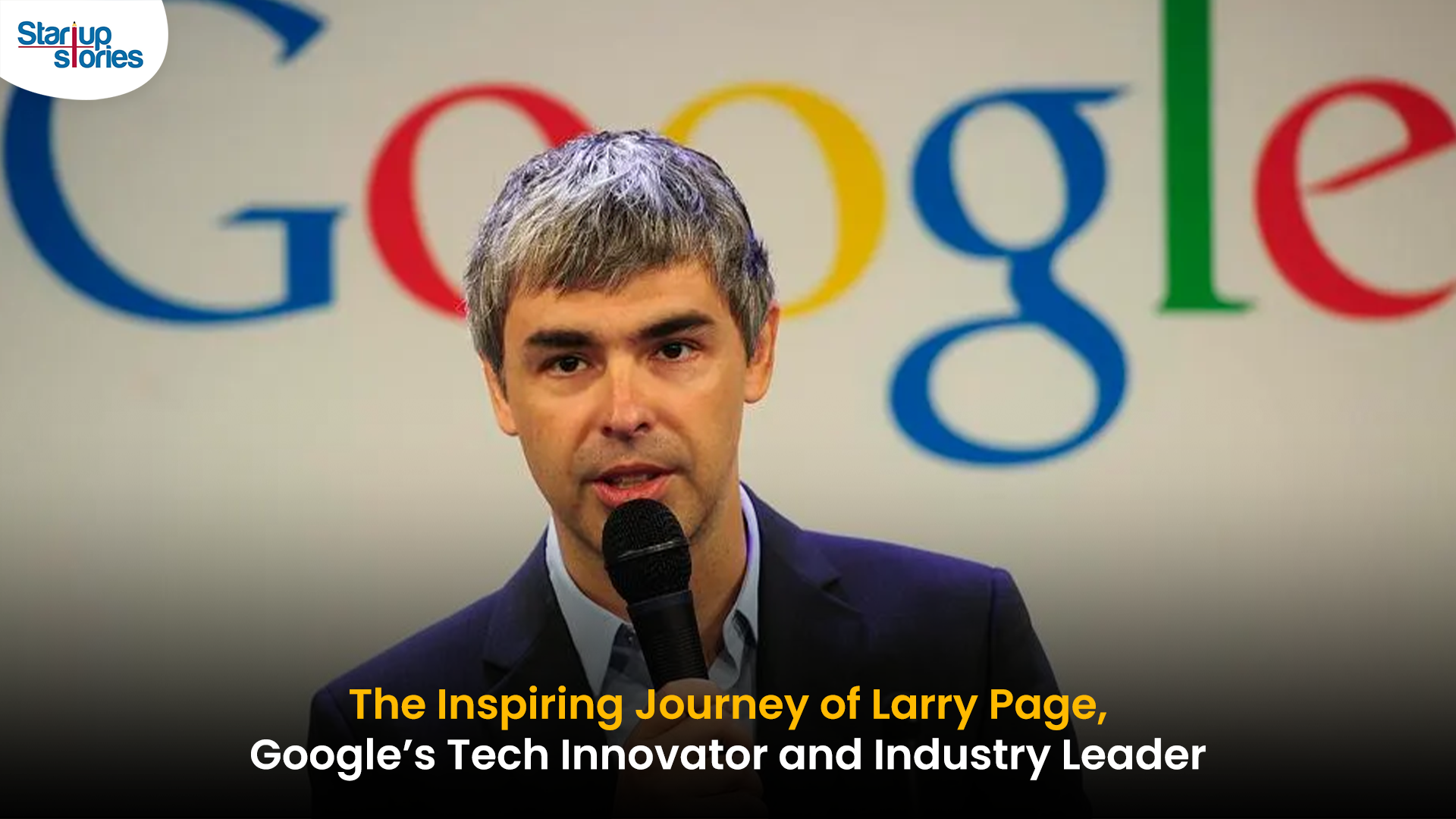Stories
The Story Of Bose – A Company Which Changed Sound Forever

We live in a world where it feels like we are missing a part of us when we forget our earphones or headphones. Portable sound systems and sound systems in particular have become an integral part of our lives and contribute to enhancing our quality of life. From taking calls to listening to music a sound system is a must have accessory and Bose reinvented how sound is perceived with their high quality sound systems and accessories. Bose is one of the largest manufacturers in the audio industry space along with JBL and Sennheiser. Let us look at the story of how Bose came to be what it is today.
Beginnings:
Bose was founded by Amar Bose in 1964 in Massachusetts, U.S.A. He began his career as an academic engineer at MIT in the late 1950s, licensing power conversion and amplification technology to the U.S. military and government agencies such as NASA. Amar Bose had an interest in speaker systems and was piqued when he purchased an audio system ,in 1956 and was disappointed by its performance. Amar Bose began thinking about a good quality sound system along with his thesis advisor and professor Y.W. Lee. They fit a human -shaped mannequin with microphones where a person’s ears would be and placed it in different positions around the concert hall. The idea was to record what live music would sound like to a person. The purpose of the company was to develop speaker systems which used multiple speakers aimed at the surrounding walls to reflect the sound and replicate the sound of a concert hall.
The first product Bose engineered was the Bose 2201 in 1966. The design was unusual and unconventional and consisted of 22 speakers, with many of them facing away from the listener. The 2201 was designed to be located in the corner of a room, using reflections off the walls to increase the apparent size of the room. This was a failure and was discontinued after four years on the market. This led Amar to the conclusion that the audio system measurement techniques of his time were not effective ways to evaluate the goal of natural sound reproduction. Amar instead argued the best way of measuring the audio quality is the listeners perception.
ALSO READ: Maggi: The Story Of The Simple Noodles Which Became An Iconic Indian Snack
Growth
In 1968, the company introduced the Bose 901 stereo speaker system, which used eight mid-range drivers pointing towards the wall behind the speaker, and a ninth driver towards the listener. The purpose of this design was to achieve a dominance of reflected over direct sound in home listening spaces. The Bose 901 Stereo system was an immediate commercial success. The Bose 901 model name was a mainstay of the Bose line up for many years, being produced from 1968 until 2016.
Bose being a privately owned company gave Amar Bose the freedom to sink profits into research. This contributed to some wonders which now might seem normal like the noise cancelling headphones and audio systems in cars. The first noise canceling headphones took $50 million and more than a decade of work. The technology not only led to the successful Quiet Comfort line of consumer noise canceling headphones, and a special line for pilots and NFL coaches. Bose also installed the first audio system custom built for the interior of a production car, the 1983 Cadillac Seville.
Bose is now a mainstay in the audio industry as it has a presence in almost every imaginable part of our lives which require the use of an audio system. In 2011,the then chairman and primary stockholder Amar Bose donated the majority of the firm’s non voting shares to his former employer and alma mater, the Massachusetts Institute of Technology.
Entrepreneur Stories
Indian Man Quits JPMorgan, Takes 70% Pay Cut to Launch $6 Million Startup

Leaving behind a high-paying job at JPMorgan, an Indian entrepreneur embraced a 70% salary cut to pursue true purpose and passion in the startup world. Disenchanted with what he described as a “robotic” corporate routine, he sought meaningful work that made a real impact. This pivotal decision marked the beginning of his new journey, one focused on value creation rather than titles and corporate perks.
Powered by resilience and fresh perspective, the entrepreneur launched his own startup, prioritizing innovation and hands-on solutions. The road was challenging, but his vision resonated with the market: the startup quickly gained traction and raised $6 million—an impressive acknowledgement of its potential in a competitive landscape. Every hard lesson from early setbacks and bootstrapping paid off in real customer growth and investor confidence.
Today, his journey stands as an inspiring example for professionals seeking authentic success outside the corporate grind. By trading comfort for creative freedom, he grew a venture that solves important problems, generates jobs, and builds wealth beyond just salary. For ambitious founders, his story highlights the power of risk-taking, adaptability, and relentless focus on impact in India’s thriving startup ecosystem.
Videos
Larry Page: The Visionary Co-Founder Behind Google’s Global Success

Larry Page is a visionary technology entrepreneur and co-founder of Google, one of the world’s most influential companies. Born in 1973 in Michigan, Page grew up surrounded by computer technology, which inspired his passion for innovation from an early age. He studied computer engineering at the University of Michigan and later pursued his PhD at Stanford University, where he developed the revolutionary PageRank algorithm with Sergey Brin. This technology fundamentally changed the way search engines rank websites, making Google the most accurate and popular search engine globally.
The journey of Larry Page and Google began in 1998 when they officially launched the search engine from a small garage. Leveraging their unique algorithm, Google quickly surpassed competitors due to its ability to deliver highly relevant search results, transforming internet search forever. Under Larry Page’s leadership as CEO, Google expanded beyond search to launch groundbreaking products including YouTube, Gmail, and Google Maps, turning it into a global tech powerhouse that shapes how we access and interact with information online.
Larry Page later became the CEO of Google’s parent company, Alphabet Inc., driving innovation and investment in next-generation technologies such as artificial intelligence, autonomous vehicles, and healthcare solutions. His visionary leadership and commitment to technological advancement have cemented his legacy as one of the most influential figures in the tech industry. Today, Larry Page remains a key influencer in shaping the future of technology and digital innovation worldwide.
Entrepreneur Stories
India’s Tech Story: Airtel Spreads AI Access, Ohm Mobility Lessons

Bharti Airtel has launched the innovative “Airtel-Perplexity Blueprint,” partnering with Perplexity to provide over 360 million customers free access to Perplexity Pro for a year—a benefit valued at ₹17,000 ($200). This collaboration enables Airtel users across mobile, broadband, and digital TV to harness advanced capabilities in generative AI, including leading AI models like GPT 4.1, Claude, and Gemini, along with up to 300 Pro searches daily, image generation, document analysis, and personalized planning services. The move is seen as a milestone for telecom innovation and the democratization of AI in India, making powerful research and productivity tools accessible to a massive user base.
This strategic partnership positions Airtel as an “AI-first” telecom provider, allowing it to gain key insights into user interactions with artificial intelligence and adapt its networks for growing digital demands. For Perplexity, the tie-up grants exclusive access to India’s vast telecom audience, rapidly propelling the app to the No. 1 spot on the Indian App Store, surpassing global competitors like ChatGPT and Google Gemini. Airtel customers can activate their complimentary subscription seamlessly through the Airtel Thanks App, under the Rewards and OTTs section, reinforcing Airtel’s commitment to digital customer empowerment.
The broader Indian startup ecosystem reflects both breakthrough innovation and hard-earned lessons, illustrated by the recent shutdown of Ohm Mobility, an EV financing startup. Despite multiple pivots and industry-leading investors, Ohm Mobility struggled to achieve a sustainable business model—a reminder of the challenges in market fit and adaptability. As AI adoption accelerates and startup realities evolve, industry leaders like Airtel and Perplexity are setting new standards, while others, like Ohm Mobility, offer valuable insights on resilience and the importance of business model flexibility in India’s dynamic tech landscape.














binance referal code
May 25, 2025 at 2:47 am
Your point of view caught my eye and was very interesting. Thanks. I have a question for you.
Binance开户
July 9, 2025 at 3:08 pm
Thank you, your article surprised me, there is such an excellent point of view. Thank you for sharing, I learned a lot.
Lumikha ng Binance Account
July 15, 2025 at 9:06 am
Thank you for your sharing. I am worried that I lack creative ideas. It is your article that makes me full of hope. Thank you. But, I have a question, can you help me?
registro de Binance
August 2, 2025 at 8:19 pm
Your point of view caught my eye and was very interesting. Thanks. I have a question for you.
Meilleur code de parrainage Binance
September 10, 2025 at 8:13 am
Your point of view caught my eye and was very interesting. Thanks. I have a question for you. Thng gii thiu binance
GO88
November 6, 2025 at 11:12 pm
Tham gia cộng đồng game thủ tại Go88 để trải nghiệm các trò chơi bài, poker phổ biến nhất hiện nay.
Kuwin
November 10, 2025 at 2:55 am
kuwin sở hữu kho game đa dạng từ slot đến trò chơi bài đổi thưởng, mang đến cho bạn những giây phút giải trí tuyệt vời.
谷歌站群
November 10, 2025 at 7:05 am
专业构建与管理谷歌站群网络,助力品牌实现全域流量的强势增长。谷歌站群
站群程序
November 11, 2025 at 8:45 pm
采用高效谷歌站群策略,快速提升网站在搜索引擎中的可见性与权重。谷歌站群
MM88
November 18, 2025 at 11:33 am
Với giao diện mượt mà và ưu đãi hấp dẫn, MM88 là lựa chọn lý tưởng cho các tín đồ giải trí trực tuyến.
MM88
November 21, 2025 at 1:00 pm
Khám phá thế giới giải trí trực tuyến đỉnh cao tại MM88, nơi mang đến những trải nghiệm cá cược thể thao và casino sống động.
iwin
November 21, 2025 at 5:55 pm
iwin – nền tảng game bài đổi thưởng uy tín, nơi bạn có thể thử vận may và tận hưởng nhiều tựa game hấp
J88
November 26, 2025 at 11:46 am
Đến với J88, bạn sẽ được trải nghiệm dịch vụ cá cược chuyên nghiệp cùng hàng ngàn sự kiện khuyến mãi độc quyền.